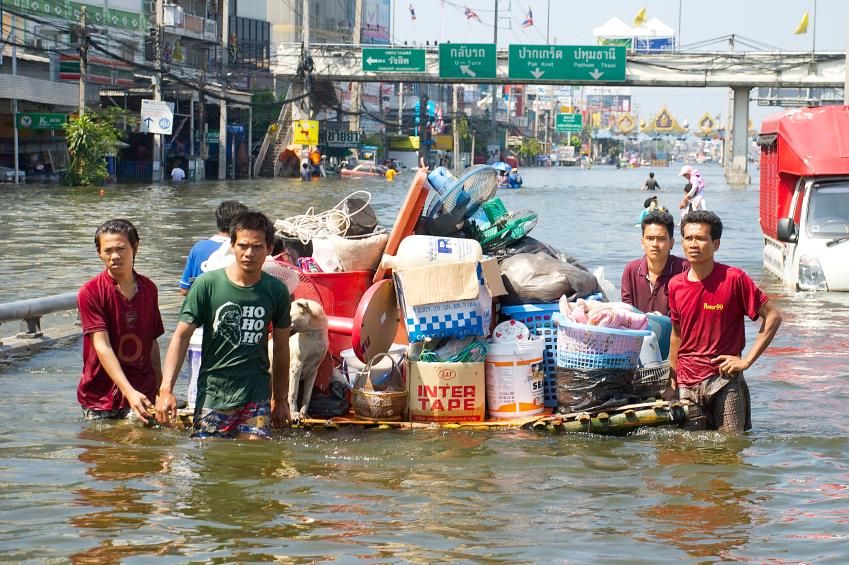
There is no place on Earth that can be guaranteed to be free from disasters. Wherever you live, you will be subject to the possibility of an emergency developing – earthquakes on the West Coast, hurricanes on the East and Gulf Coasts, tornadoes in the Midwest, wildfires anywhere it’s been too dry, and blizzards and nor’easters in the northern states all mean that most of us can find ourselves without the usual conveniences of modern life without much notice.
Although emergency crews and rescue squads will be at work to help alleviate the situation as quickly as possible, the sheer magnitude of some disasters will mean that it could be days or even weeks before life returns to normal. All of us are dependent on the infrastructure for our survival – electricity, heat, water; all come to most of us in one way or another – and it’s very easy to revert to a much more primitive state when these services aren’t available.
The Three ‘Vitals’
We don’t think about it much, but there are three things that are necessary for our everyday survival: shelter, water, and food. We are so used to these being there all the time that when even one is missing, the loss is sharp. When a disaster such as a hurricane and its associated flood occurs, all three may be lost to your family.
Although shelter is considered to be the most important, water is a close second and will take precedence under certain circumstances, such as high temperatures. When a disaster occurs, your home may still be livable, but you and all family members will need water soon. If the electric lines are down or there is a break in the water main, you may have to find some means of providing safe water.
Dehydration is a real problem and although it is more likely to occur during the summer, no one, especially children, can go without water for a very long period. The greatest problem here will be the ability to find water that will not make anyone ill. Flooding can often overrun septic systems and seriously contaminate the groundwater. Depending on agriculture or industry found in the area in which you live, standing water may be polluted with fertilizers, pesticides, and industrial chemicals.
Safe Drinking Water
The government recommends that every household have an emergency supply of water on hand, enough for 1 gallon per person per day for at least 3 days. What percentage of American households actually has this on hand is probably unknown, but it is doubtful that the number is very high. Most people will have to find water nearby if the emergency lasts for a prolonged period.
For those who have to locate a groundwater source for household use, keep in mind that all groundwater or standing water must be purified before it is consumed. Boiling, of course, is a way to guarantee that all pathogens are completely killed. Boiling the water for 5 minutes or more will kill any bacteria, viruses, cysts, or protozoans that are in the water; however, it will tend to concentrate inorganic pollutants, like pesticides.
Filtering and purifying groundwater is possible in the home for those who have non-electric water filters in their home. Even if you already have a purification system in place, lack of electricity could easily have rendered it useless for the duration of the emergency.
Countertop gravity feed water purifiers, which usually come with some kind of ceramic filtering element or ‘candle’ are probably the easiest way to get clean water during a disaster. Depending on the size you choose, you can produce 10 or more gallons of safe drinking water every day. Camp filters are another good option and will allow you to clean standing or groundwater for safe use.
Water purifying filters are one of the most convenient ways to avoid illness and provide plenty of clean, pure water during a disaster.


Share:
Why do People use Drinking Water Filters for Drinking Water?
Water Filters to Remove Giardia